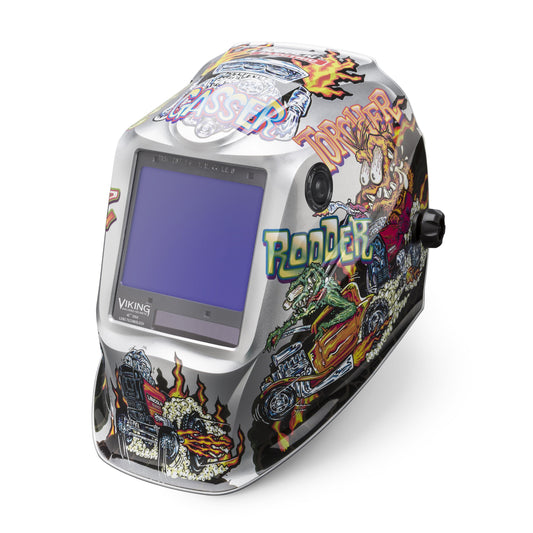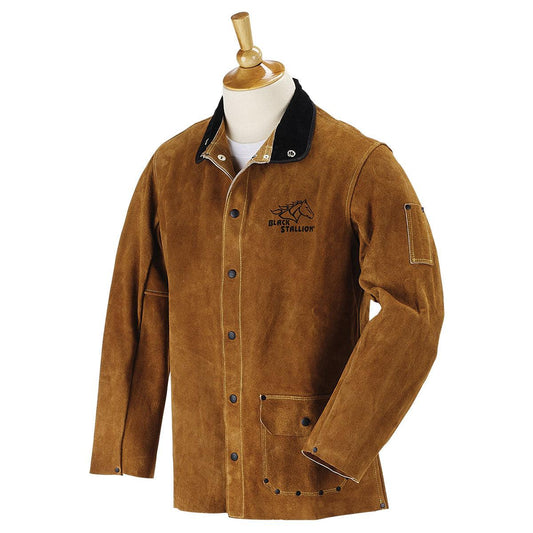Selecting the right type of metal is imperative for the success of any welding project. Using the right metal for a particular job is just as important as using the right tools. The following is a basic list of the typical shapes and sizes of metal you’ll encounter in many welding projects.
Rectangular and Square Tube
Typically used for structural framing, trailers and furniture construction, Rectangular and Square Tube Metal dimensions are measure by width, height, wall thickness and length.
Rail Cup
Used for making handrails, Rail Cup dimensions are measured by the overall width and the widths of the underside channels.
Channel
Also used for making handrails, as well as and truck bodies, Channel dimensions are measured by flange thickness and height, and overall height and length.
Round Tube
Different than pipe, Round Tube is for structural purposes, whereas pipe carries liquid. Round Tube dimensions are measured by outer diameter, wall thickness and length.
T-Bar
Named for its “T” shape, T-Bar dimensions are measured by width, height and thickness of the flanges.
Angle (also known as Angle Iron)
Used for structural and decorative purposes, Angle dimensions are measured by flange thickness, flange width, flange height and overall length.
Square Bar, Round Bar & Hexagonal (Hex) Bar
General purpose metals with a variety of uses, their dimensions are measured by width, diameter and length.
Flat Bar (also known as strap)
Available in numerous sizes, Flat Bar dimensions are measured by thickness, width and length.
Sheet Metal
Just as the name would suggest, Sheet Metal comes in large sheets, is 3/16” or less in thickness, and is often referred to by gage.
Plate Metal
Similarly to Sheet Metal, Plate Metal comes in large sheets, is 3/16” or more in thickness and is referred to by fractions of an inch.



